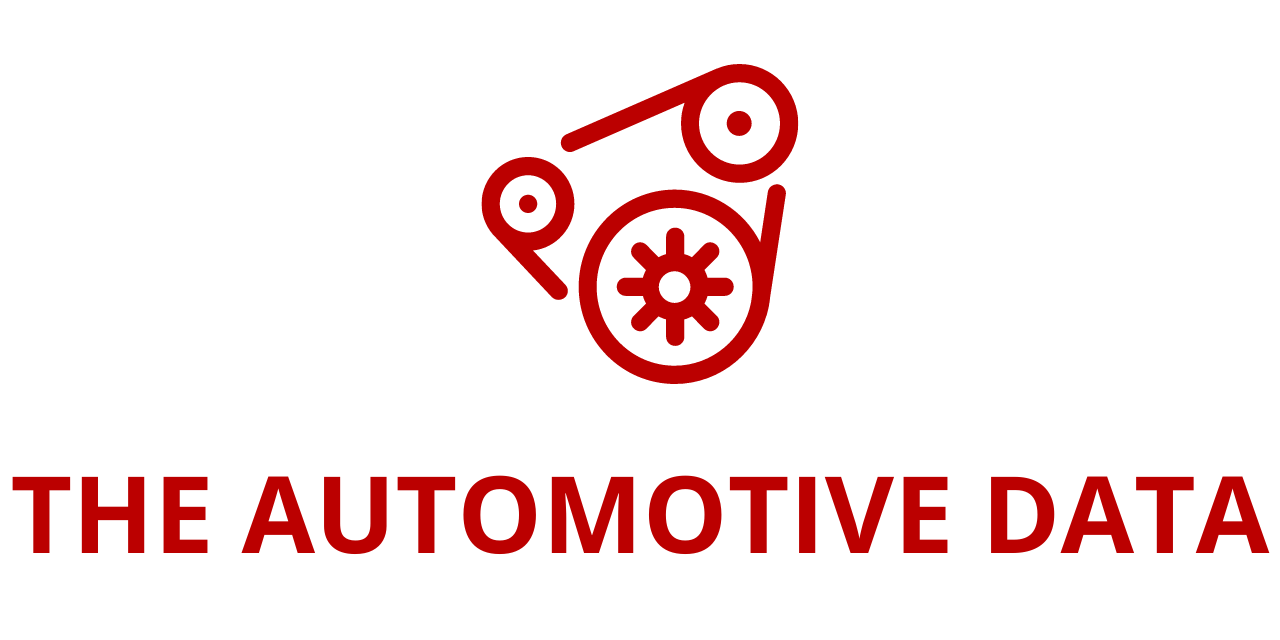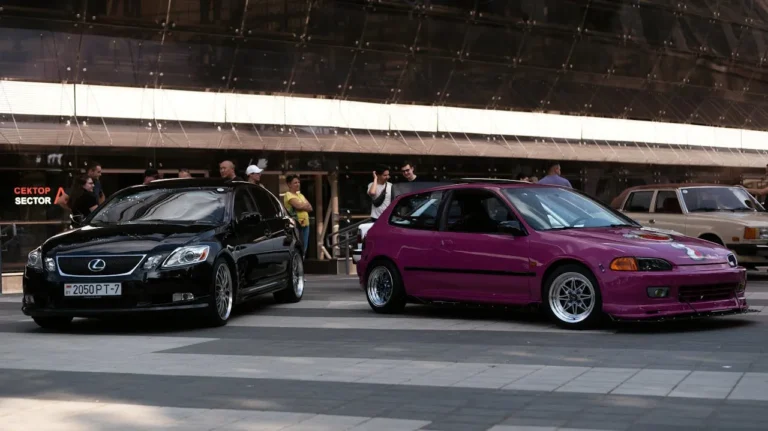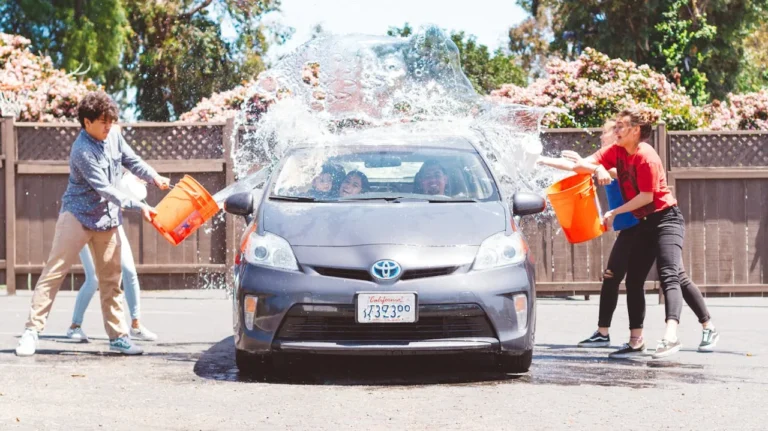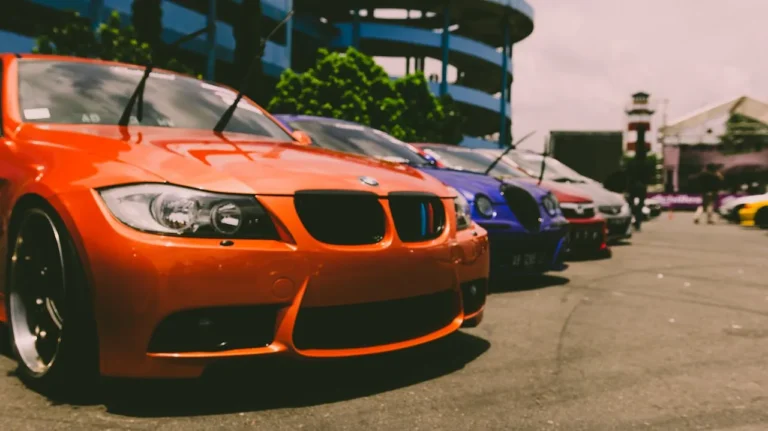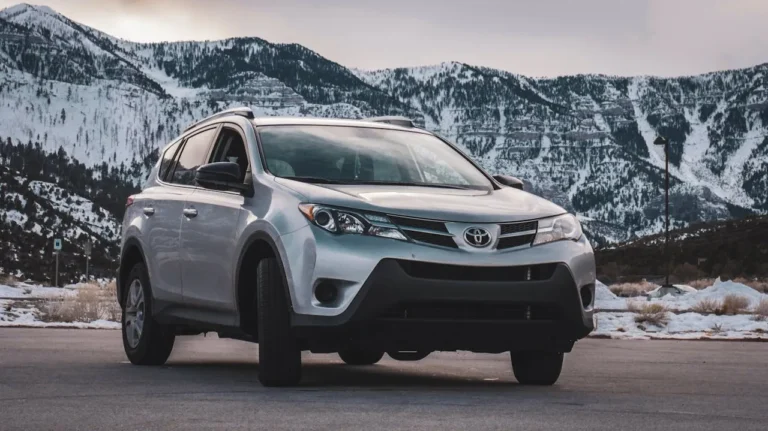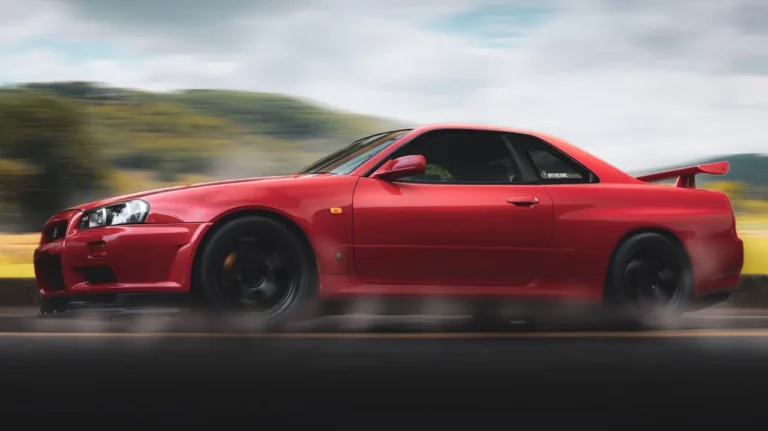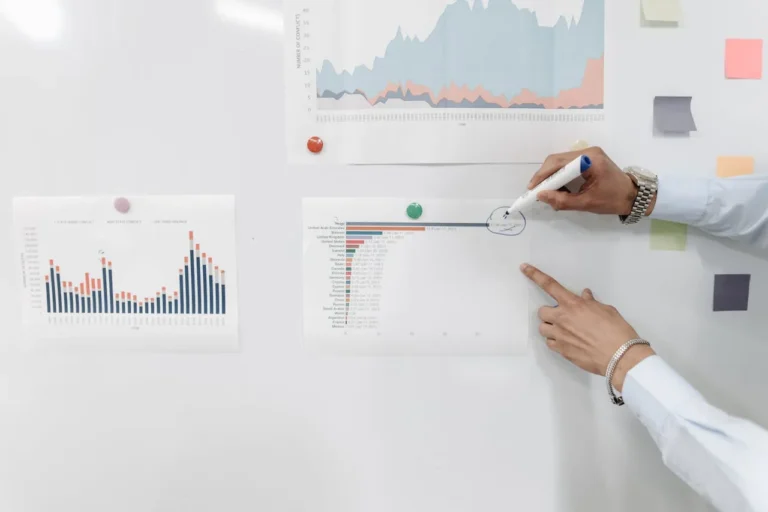
Formula 1 resumes after the summer break on the shores of the North Sea in the Netherlands, at the Zandvoort track. The Dutch Grand Prix is the 13th round of 22 this season.
Small but unique. The Zandvoort track has hosted all 32 editions of this race which returned to the calendar two years ago, the venue having undergone significant renovations. The facility is still quite small, but its characteristics make it instantly recognisable, especially the parabolic corners at turns 3 and 14, the last one leading onto the main straight. Then there’s also the wind which always blows sand from the beaches onto the track. Also slightly banked is Tarzan corner, the hard right at the end of the start-finish straight where, with the aid of DRS, overtaking is possible. In fact, passing another car is pretty difficult at Zandvoort, as the track is narrow and generally twisty. It means that qualifying has great importance here. Apart from the straight, there is another DRS zone between turns 10 and 11.
Set-up. Zandvoort is a medium-high downforce track, with a surface that is particularly abrasive on tyres and setting up the cars has to take these factors into consideration. As the drivers and engineers search for the best car balance they have to prepare well for qualifying, while also paying particular attention to race pace to deal with Sunday’s 72 laps.
Robert on track. Robert Schwartzman will make his season’s debut at the wheel of the SF-23 at Sandwort. The Scuderia test driver will use Carlos’ car for Friday’s first practice session, as per the rule that states that, at least once per season, each driver must give up his seat during a Friday session for a young driver. Last year, Robert drove the F1-75 in free practice for the United States Grand Prix in Austin and in the Abu Dhabi Grand Prix at Yes Marina..
